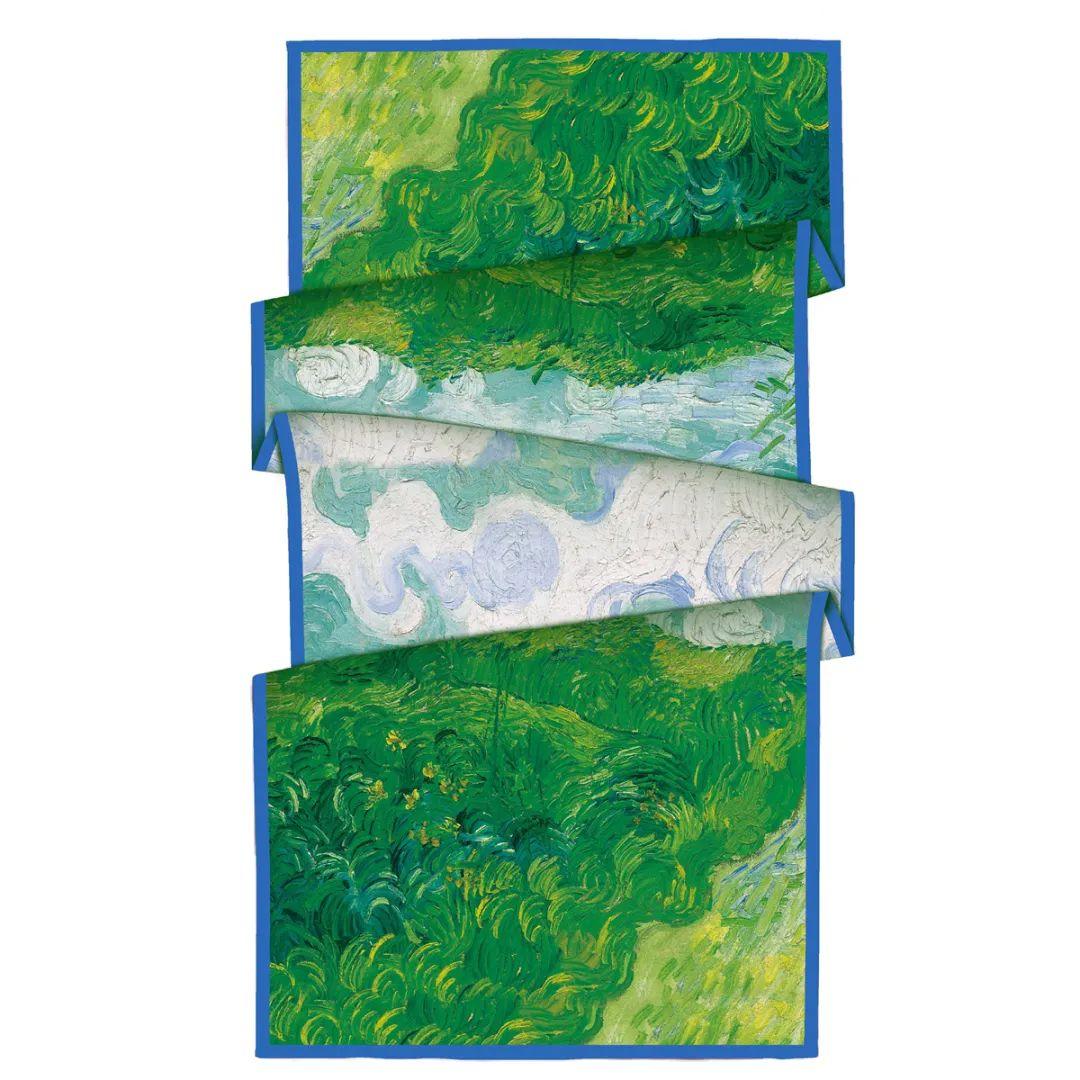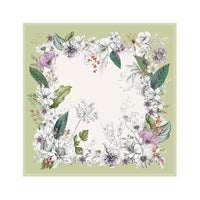Van Gogh’s The Starry Night: A Cosmic Dance of the Soul
Vincent van Gogh's The Starry Night, painted in 1889 during his stay at the Saint-Paul-de-Mausole asylum in Saint-Rémy-de-Provence, is one of the most iconic and emotionally charged masterpieces in the history of art. This painting, with its swirling stars and vibrant hues, transcends the depiction of a mere nightscape. It is, in essence, a reflection of van Gogh’s inner turmoil, his profound connection with the universe, and his quest to make sense of existence through the language of paint. The Starry Night is not just a visual representation of a starry night but an exploration of the very fabric of life, blending reality with imagination in a dance of color and motion.

Background and Creation
The creation of The Starry Night occurred during a tumultuous period in van Gogh’s life, as he struggled with mental illness and isolation. However, it was precisely in this state of emotional upheaval that he was able to reach an artistic apex. Confined to the asylum due to his deteriorating mental health, van Gogh found solace in nature, observing the stars from his window each night. Yet, instead of simply capturing the tranquil beauty of the night sky, he infused the scene with his own tumultuous feelings and intense emotions.
The night sky in The Starry Night is not a static expanse but a dynamic, almost living entity. Van Gogh’s signature brushwork – thick, expressive, and swirling – transforms the heavens into a pulsating, vibrant force. This is a universe that feels alive, as though the stars themselves are in motion, churning with energy. Van Gogh’s genius lies in his ability to combine the visible world with his inner psychological landscape, creating a visual narrative that speaks not only to the external but also to the deeply personal and emotional.
Composition and Symbolism
At the heart of The Starry Night is the profound contrast between the peaceful village below and the dynamic, swirling heavens above. The village, with its stillness and serenity, offers a sharp juxtaposition to the chaotic movement of the sky. This duality seems to speak to van Gogh’s own internal conflict: the desire for peace and tranquility, set against the backdrop of his inner turmoil and desire for release.
The sky itself is alive with swirling patterns, the stars glowing in radiant yellows, contrasting against the deep blues and purples of the night. The use of color, a hallmark of van Gogh’s work, creates a vivid contrast between the earthly and the cosmic. The colors convey a sense of wonder and mystery, while also hinting at an underlying turbulence. The crescent moon, glowing with a fiery intensity, is not just a celestial body but an active participant in this cosmic ballet. Van Gogh’s choice of swirling brushstrokes for the stars and moon creates a sense of movement, almost as though the sky itself is dancing.
In the foreground, a towering cypress tree rises above the village, its flame-like form reaching upward toward the heavens. The cypress, often associated with death and mourning, may symbolize van Gogh’s emotional anguish, his yearning to transcend his earthly struggles and connect with the infinite. The tree’s sharp, twisting lines mirror the tumult of van Gogh’s inner life, while its reach toward the stars suggests a longing for something beyond the pain of earthly existence. The contrast between the tree’s darkness and the luminous sky further highlights the tension between the known and the unknown, the mortal and the divine.
Psychological and Emotional Depth
The Starry Night is more than a depiction of nature; it is an exploration of van Gogh’s psyche. The swirling stars and dynamic sky are often interpreted as a representation of van Gogh’s emotional turbulence. At the time of the painting’s creation, he was grappling with depression, anxiety, and a sense of isolation. The vibrant energy of the stars may symbolize his internal struggle, while the steady village below could represent the calm and order he sought but could never fully attain.
Van Gogh’s work is often infused with a sense of longing, and The Starry Night is no exception. The vast, swirling sky seems to offer a glimpse into something greater – an unknown, spiritual realm that calls to him. The chaotic beauty of the stars suggests a deep yearning for connection, for understanding the mysteries of existence. It speaks to his desire to find meaning in a world that often felt alien and hostile to him. In this sense, the painting is both a personal exploration of suffering and a universal meditation on the human condition.
Legacy and Influence
Since its creation, The Starry Night has become one of the most beloved and widely recognized works in the art world. It has influenced countless artists, writers, and thinkers, inspiring generations to explore the interplay of emotion, color, and form. The painting’s dynamic composition, vivid color palette, and emotional depth have made it a symbol of the expressionist movement and beyond, influencing not only visual artists but also poets and musicians who have sought to capture the same sense of wonder and introspection that van Gogh so brilliantly evoked.
Today, The Starry Night is housed at the Museum of Modern Art (MoMA) in New York, where it continues to captivate millions of visitors each year. The painting is a testament to van Gogh’s ability to channel his personal pain and isolation into a transcendent, timeless work of art. It stands as both a window into his soul and a reflection of the broader human experience – a journey through the vast, mysterious universe of our own emotions and dreams.
Conclusion
Vincent van Gogh’s The Starry Night is more than just a beautiful depiction of the night sky; it is a profound meditation on the nature of life, the universe, and the human spirit. Through his masterful use of color, form, and symbolism, van Gogh created a visual language that transcends time and space, connecting viewers to both his personal struggles and the universal quest for meaning. The swirling stars, the glowing moon, and the dark cypress tree all come together to form a cosmic dance – a representation of the eternal dance between chaos and order, suffering and transcendence, the finite and the infinite. In The Starry Night, van Gogh invites us to look beyond the surface, to see the beauty and the pain that lie beneath, and to recognize the profound connection between our inner lives and the vast, unknowable universe.






